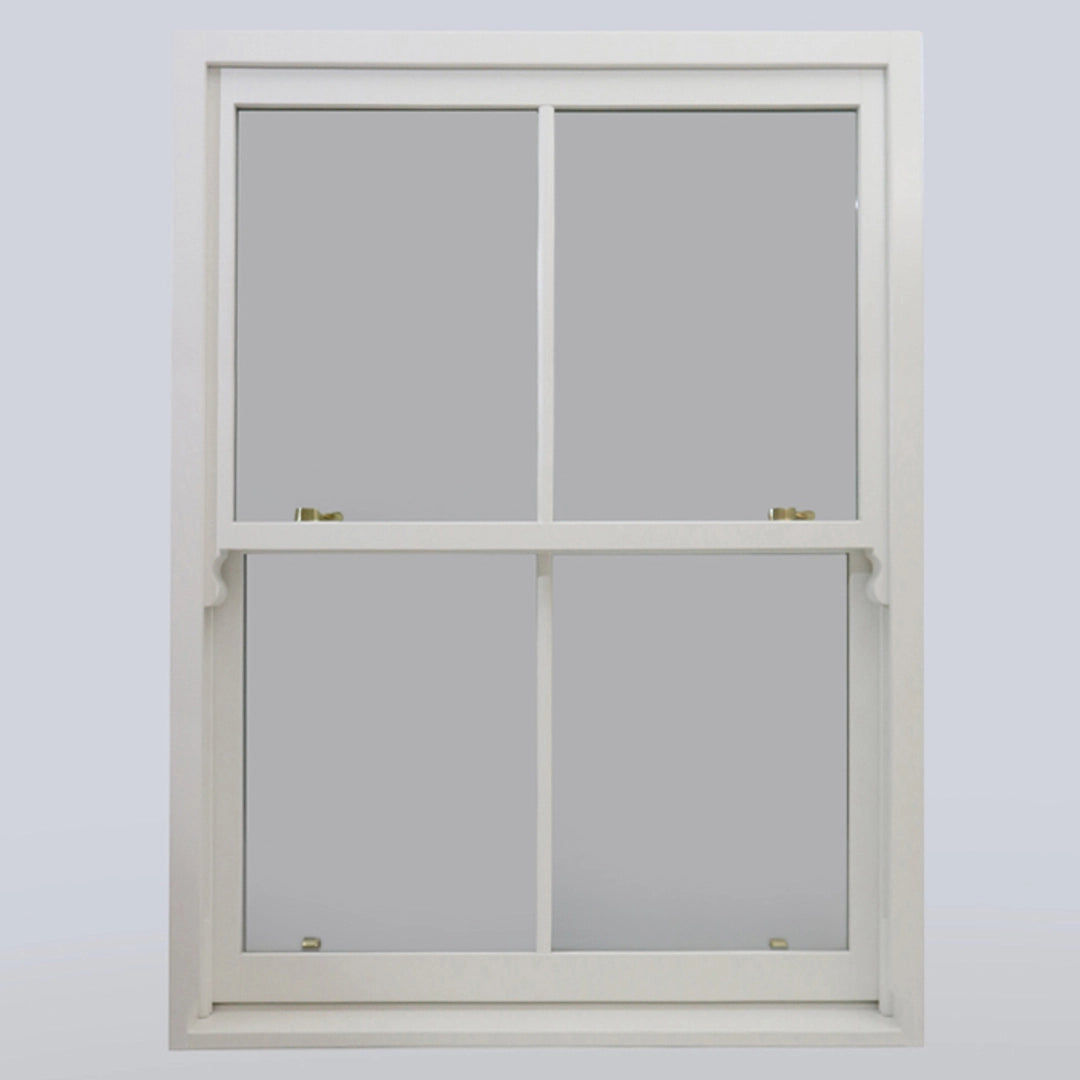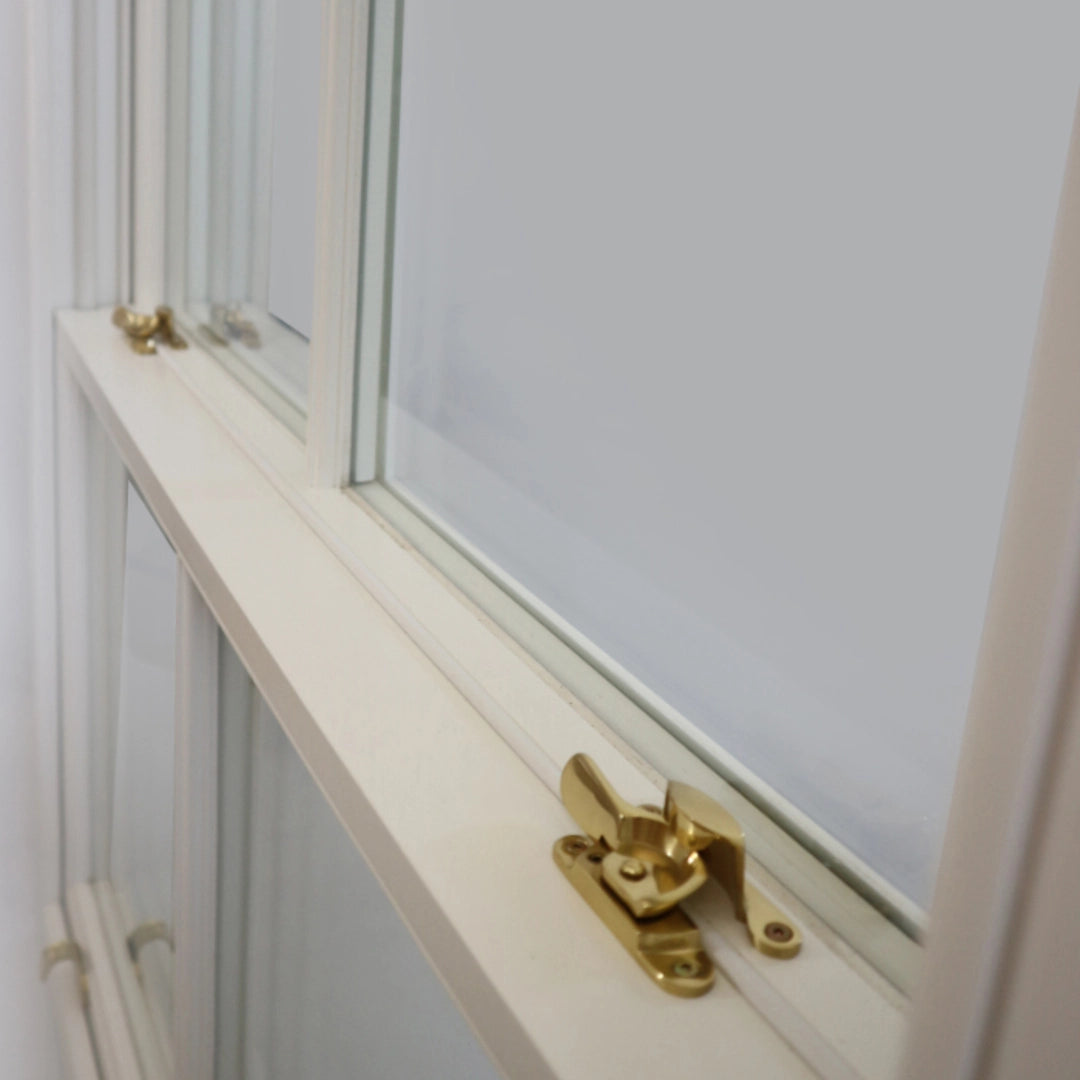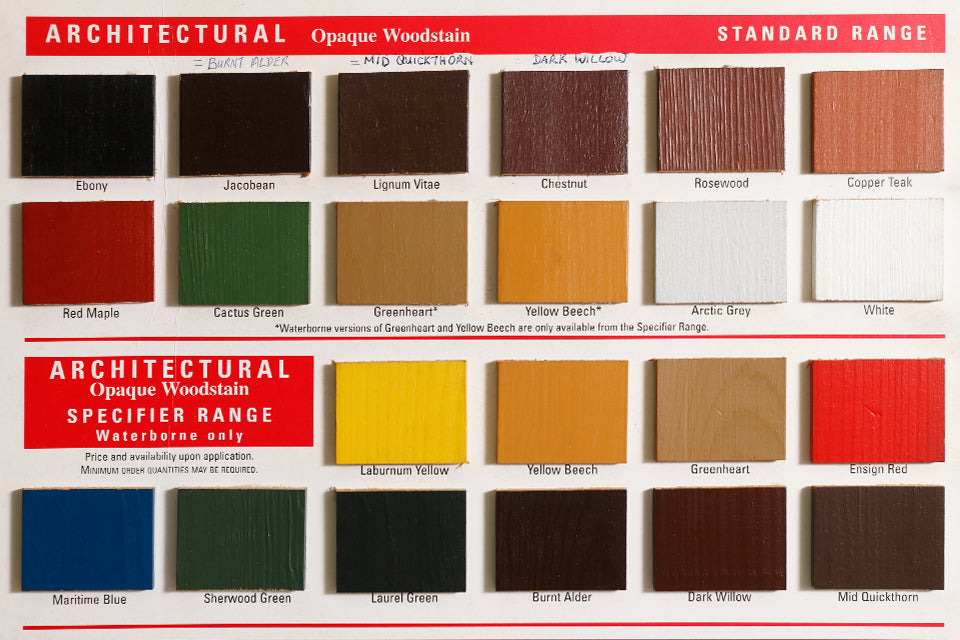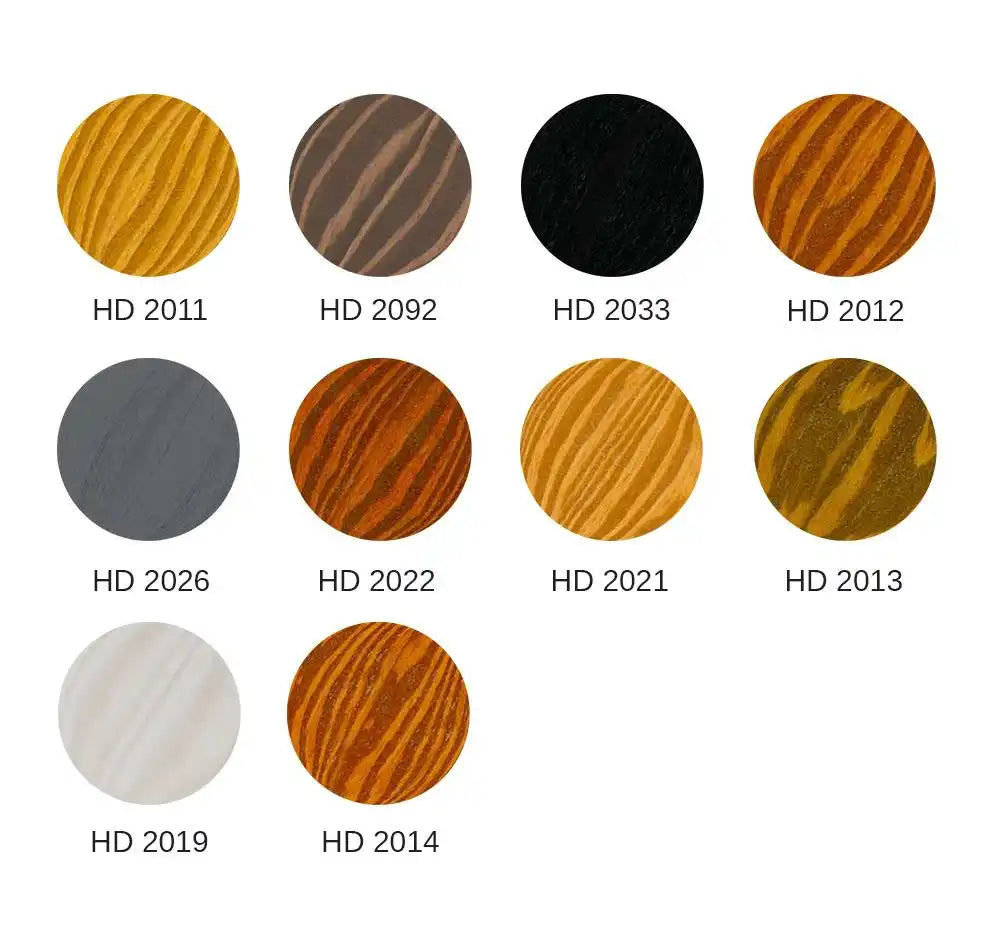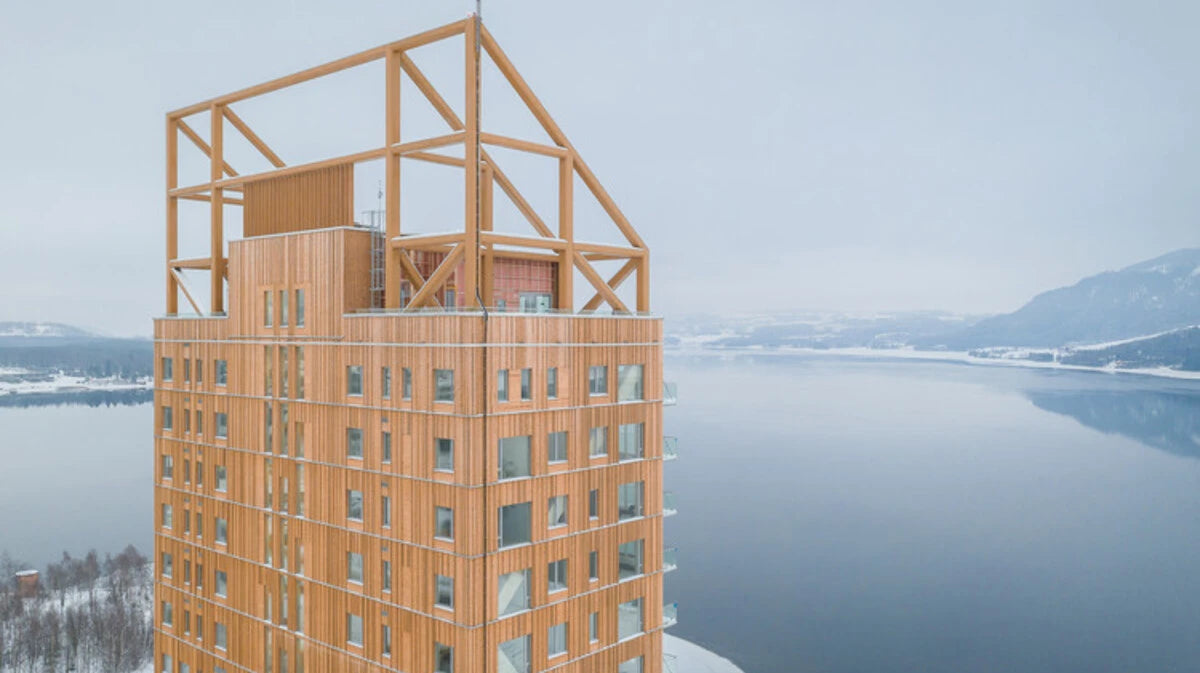
The Spread of Wooden Structures
Trees, which have spread in all directions before humans set foot on the earth and accompanied human development throughout history, have been both the world's oxygen source and the building material of shelters, household appliances, musical instruments and many other hand tools since the earliest times. The function of trees has also changed with the development of humanity. Wood has been used as the basic shelter material in settled life in every period because it is solid and durable for our basic need for shelter. Wooden roof installation and Load-bearing materials were seen for the first time. It has been observed that the techniques are very similar to today's techniques.
It is known that the use of wood in construction became more widespread in the Middle Ages and the New Age, and there are many examples of wooden structures that have survived to the present day in our country. Sivrihisar Ulu Mosque, also known as the Wooden Pole Mosque, has been used for 700 years. Beyşehir Eşref Mosque is the largest wooden pole mosque. The mosque, which was built in 1898, is still open for worship. The Greek orphanage was built entirely of wood in 1898, some parts of which are 5 floors, 32 meters wide and 23 meters high. This wooden structure has been known as the largest wooden building in Europe for many years.
Wood has superior properties compared to other building materials. 1 square meter of wood is 35% lighter than steel and 60% lighter than concrete. Wood with the same weight carries 24 times more load than steel and 2 times more concrete. The thermal conductivity of wood is approximately 350 times lower than steel, delays combustion and thus extends the collapse period. According to studies, the wooden roof system The time required for the burn to collapse is between 40-90 minutes.
Wood has high insulation values, providing 15 times more heat insulation than concrete of equal thickness and 390 times more heat insulation than steel. Wood is an environmentally friendly building material, providing up to 40% energy savings in heating. While 2 tons of carbon dioxide is released in the production of 1 ton of steel, 4.5 tons of carbon dioxide is released in the production of 1 ton of concrete, 1 ton of trees stores 935 kg of carbon dioxide. In today's world, where disasters caused by climate change due to global warming are increasing, the use of wood should be brought to the forefront.
Wooden structures are living structures that breathe, this is not the case with materials such as plastic and steel. Studies have shown that human psychology and peace are better in places where wooden structures are used. Planned management is carried out within the scope of sustainable forest management, therefore, despite production, there is no decrease in our forest assets.
CLT and GLT used in our living spaces are composite materials obtained from wood products. CLT, a wooden construction material produced by cross-gluing and pressing timber in different directions, can be produced up to 40 cm thick, 4 meters wide and 24 meters long. Especially for multi-storey wooden structures. It is used as a load-bearing structure material in the construction of walls, floors, roofs and skeleton bridges in construction and other housing projects. GLT, which is glued laminated timber, is produced by pressing two or more timbers on top of each other according to the need. It is produced for the purpose of obtaining large and long-sized structural timber. With this method, structural timber in the desired shape and size can be obtained. GLT is especially used in constructions made with the column-beam system, in Social Facilities, Sports Facilities and industrial facilities where large openings of up to 50-70 meters will be passed. It is used in the construction of facilities and can be produced up to 30-40 meters in length, 2.5 meters in height and wider.
Examples of GLT structures are Istanbul Maltepe Pier Turkey, Richmond Olympic Oval Arena Canada, Philippines Airport, Norway Airport. Examples of both CLT and GLT in Turkey include Istanbul Metropolitan Municipality Avcılar Social Facility, Ankara Altındağ Municipality Wooden Horse Manege, İzmit Kocaeli Olympic Pool, Istanbul Gürpınar Victory Foundation. The disaster that occurred in Kahramanmaraş on February 6, 2023 After the earthquakes, the General Directorate of Forestry initiated the processes related to the construction of buildings with wooden carriers in the earthquake zone and carried out the process in two different ways: on-site or factory manufacturing and on-site assembly.
Our country's forests have been operated in a planned manner since 1917, and although our industrial wood production, which was 7 million cubic meters in 2000, increased to 25.5 million cubic meters in 2022, our forest areas have increased by 15% and our tree wealth has increased by 1.8 times as a result of the maintenance and improvement works.
The project to promote low-cost, energy-efficient wooden buildings, carried out jointly by the General Directorate of Forestry and the United Nations Development Program, has high added value. It is aimed to determine the missing standards in the production of structural wood materials, to design financing mechanisms by spreading the construction of healthier, more energy-efficient wooden buildings that are resistant to earthquakes .
The use of wood in high-rise buildings in the world is increasing day by day and the tallest building built today is the 85.4-meter mjostarnet building in Norway. The 350-meter-high 70-story building in Japan, which is planned to be completed in 2041 using 185,000 cubic meters of wood and has an estimated cost of $4.5 billion, and the 18-story Toronto Tree Tower to be built in Canada will also be built with CLT.
Considering all environmental, social, economic and industrial concerns, the most appropriate answer for the construction sector is to increase the use of wood. We believe that the project of encouraging low-cost, energy-efficient wooden buildings will be an important driving force in this journey. It will be an encouraging, disseminating and facilitating start with encouraging outputs.






